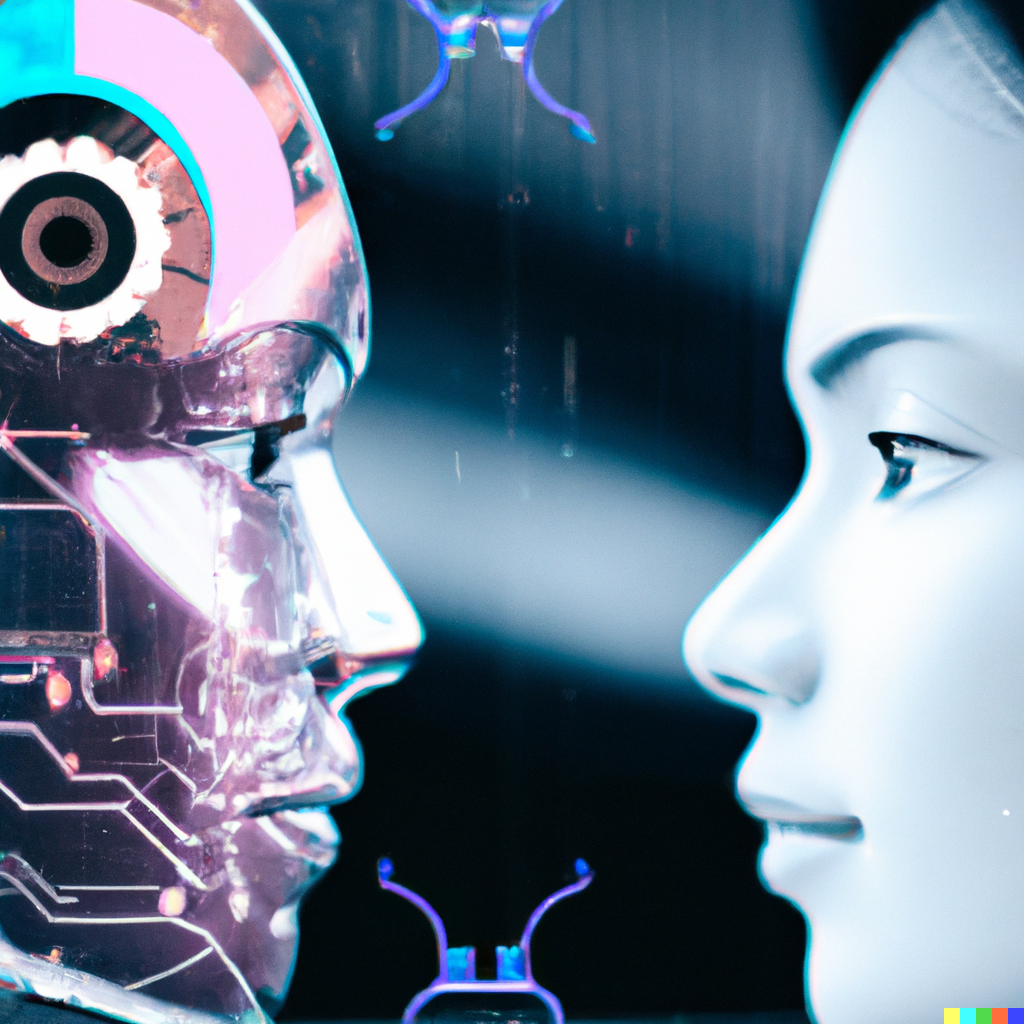Uniting Human Artificial Intelligence

Achieving Organizational Hyper-Performance
As organizations continue to grapple with the ever-changing business landscape, they are increasingly turning to artificial intelligence (AI) to help them stay competitive and achieve hyper-performance. However, many organizations are discovering that simply implementing AI is not enough. To truly unlock the full potential of AI, organizations must focus on uniting human and artificial intelligence in a seamless and complementary way.
At the heart of this union is the idea that AI and humans have different strengths and weaknesses. AI is able to process and analyze large amounts of data quickly and accurately, while humans excel at creativity, decision-making, and problem-solving. By combining these strengths, organizations can achieve new levels of performance that would be impossible with either one alone.
One of the key ways to unite human and artificial intelligence is through collaboration. This means creating opportunities for AI and humans to work together on projects and tasks, and designing systems that allow for seamless communication and information sharing between the two. For example, organizations can use AI to automatically analyze large amounts of data and identify patterns, while humans use their problem-solving skills to interpret the results and make decisions.
Another important aspect of uniting human and artificial intelligence is through augmentation. This means using AI to enhance and support human capabilities, rather than replace them. For example, organizations can use AI to assist with tasks such as data entry or scheduling, freeing up human employees to focus on more complex and higher-value work.
However, achieving this level of human-AI collaboration is not without its challenges. One of the biggest challenges is ensuring that AI systems are designed and implemented in a way that is transparent, explainable, and trustworthy. This is especially important when it comes to sensitive tasks such as decision-making, where there is a risk of bias and discrimination. Organizations must also be aware of the potential for job displacement and work to mitigate this through retraining and upskilling programs.
In conclusion, uniting human and artificial intelligence is essential for organizations looking to achieve hyper-performance. By leveraging the strengths of both AI and humans, organizations can achieve new levels of productivity, efficiency, and innovation. However, achieving this level of collaboration requires careful planning, transparent and explainable AI systems, and effective retraining and upskilling programs.




